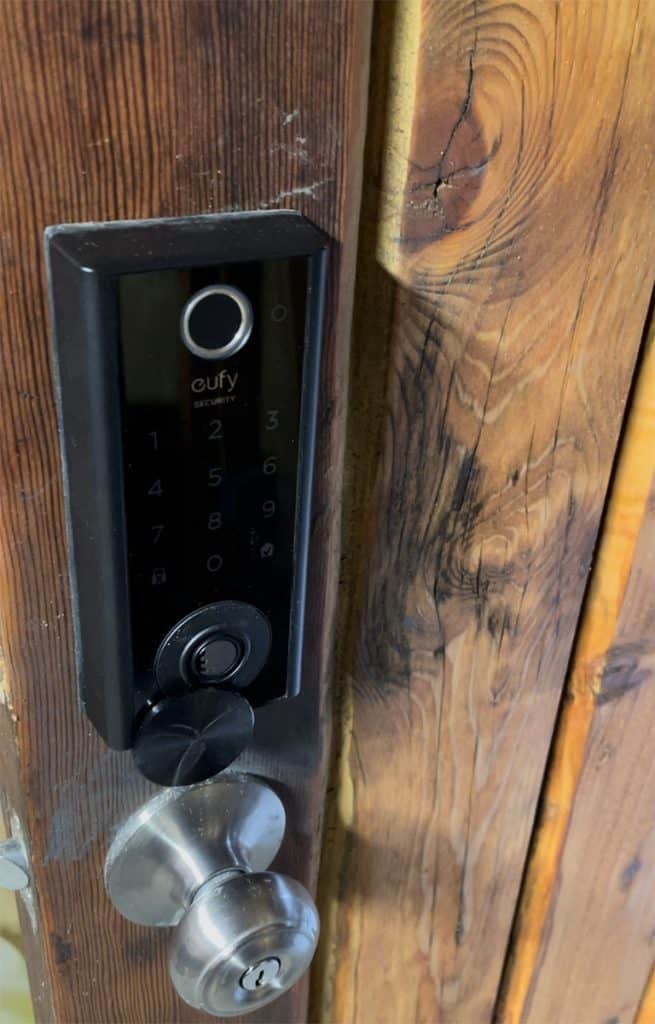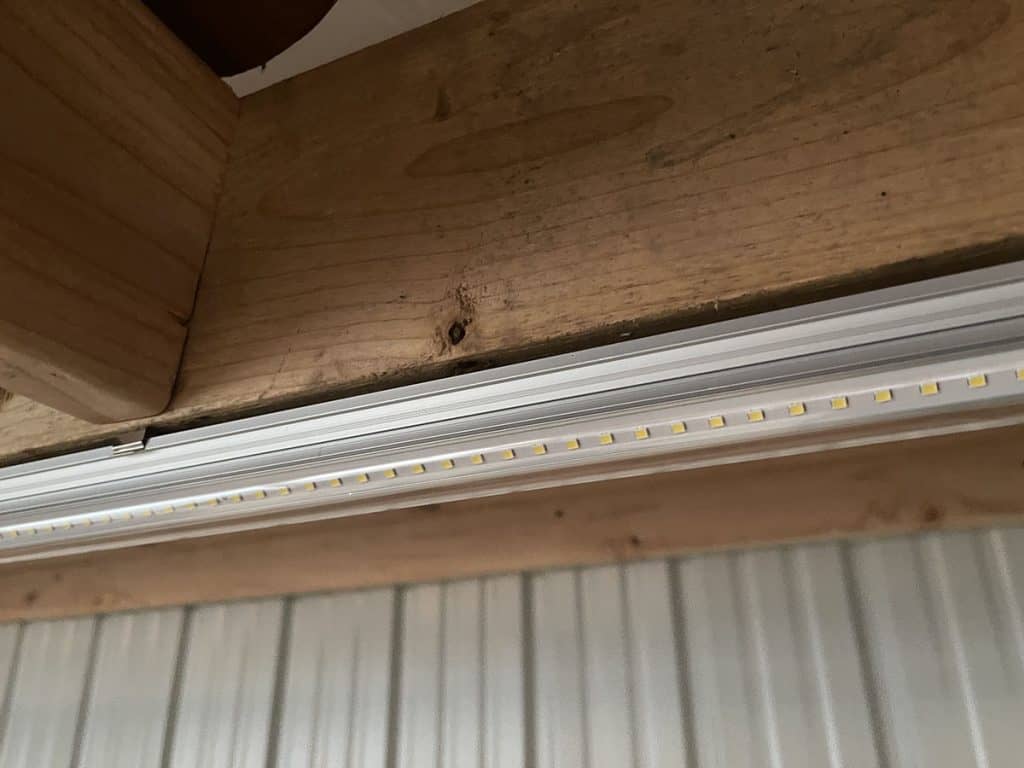Eufy Smart Lock Troubleshooting – Deadbolt
I recently moved my Eufy Smart Lock from one door to another, and upon reinstalling it on the other door the deadbolt would no longer move electronically. Mechanically, everything was moving freely (by hand and with the key). I reached out to Eufy, and they replied with some troubleshooting steps. In my instance, it ended up requiring a recalibration and everything was back to working normal again. While their customer service gave me multiple steps for troubleshooting, the one that solved my problem involved removing the Eufy Smart Lock device from my account in their app which then caused the device to recalibrate. Here are the steps for removing a device in the Eufy app: Per Eufy customer service, after removing the Eufy Smart Lock within the app, you’ll need to re-add it. To re-add a device, go back to the home screen of the app and click the “+” icon near the upper right to add a device. You’ll go through the steps on the screen including scanning the QR code which is located inside near the battery compartment. Remove the battery cover, and you’ll see the QR code. During the process of re-adding the Eufy Smart Lock to “My Devices”, it began to recalibrate and everything was working as intended once again. Read on as I share additional troubleshooting steps for the Eufy Smart Lock. Eufy “The Door Failed to Unlock” Troubleshooting Locking and unlocking the deadbolt both failed. To ensure there weren’t any alignment issues with the striker plate, I attempted to both lock and unlock the deadbolt while the door was open. These were the audible messages I was receiving: “The door failed to unlock, the deadbolt may be stuck” “The door failed to lock, please make sure it’s closed and the deadbolt is not locked” Additional Eufy Smart Lock Deadbolt Troubleshooting Here’s the full list of troubleshooting Eufy customer service provided me, again, removing and re-installing the device in my app made the Smart Lock recalibrate and fixed my issue, but these are the other steps that may help in your instance: Conclusion So far I’ve been very happy with both of our Eufy Smart Lock devices and will be adding full reviews for each very soon. This was the only issue I’ve had so far and it was an easy fix. If I didn’t decide to switch this to another door, I’m sure things would have continued to work without any issue at all. The Eufy Smart Lock is a revolutionary product with its keyless entry system, remote control features, and advanced security options make it an excellent choice for anyone who wants to enhance the security of their home. The Eufy Smart Lock offers a sleek and modern design that blends in well with any home decor, and its user-friendly app makes it easy to manage access to your home. With its automatic locking and unlocking capabilities, virtual keys, and activity logs, the Eufy Smart Lock provides unparalleled convenience and peace of mind. Overall, the Eufy Smart Lock is a fantastic investment for anyone looking to upgrade their home security and enjoy the benefits of smart home technology.
Eufy Smart Lock Troubleshooting – Deadbolt Read More »










